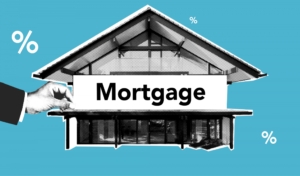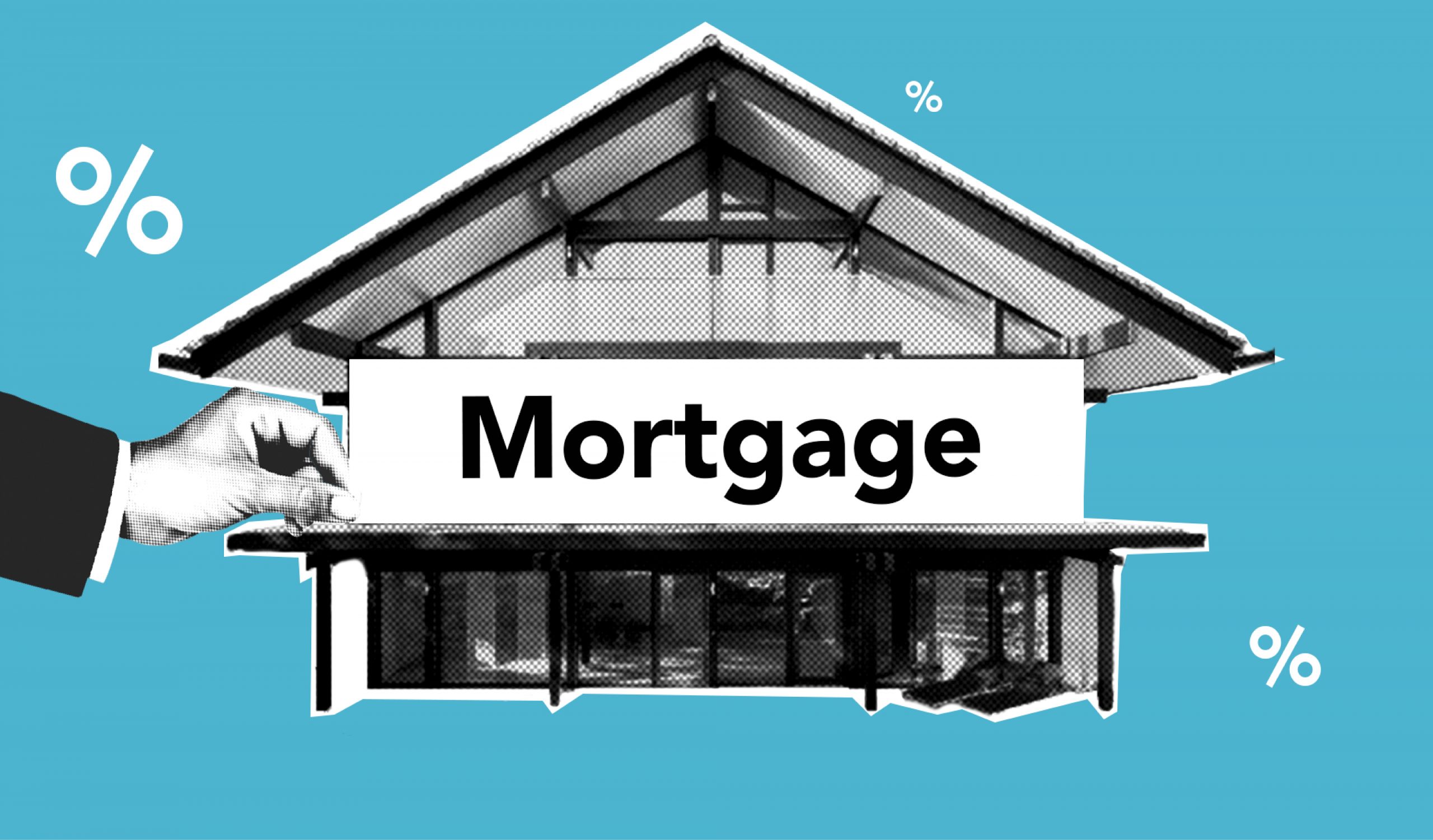Housing Market Cooling: Supply Surges to 5-Year High as Buyers Face Economic Uncertainties
Spring Housing Market Faces Headwinds as Sales Decline and Inventory Climbs
The traditionally vibrant spring homebuying season has hit unexpected turbulence as April 2025 data reveals a housing market struggling to gain momentum despite seasonal advantages. Existing home sales dropped to a seasonally adjusted annual rate of 4,196,707 in April—the lowest level recorded since October 2024 and a concerning 1.1% decline year-over-year, marking the first annual decrease in seven months.
Even more telling of current market conditions, pending sales—a forward-looking indicator capturing both existing and newly constructed homes—plummeted 3.5% month-over-month on a seasonally adjusted basis, representing the steepest monthly decline since August 2023. This 2.7% year-over-year drop in pending transactions signals continued weakness in market activity heading into summer.
"The current housing market exhibits classic signs of transition," says housing market analyst Sophia Chen. "We're seeing the pendulum swing from the extreme seller's market of recent years toward conditions that increasingly favor buyers, though affordability remains a significant hurdle."
Economic Uncertainty and Persistent Affordability Challenges Dampen Buyer Enthusiasm
Despite modest improvements in mortgage rates compared to last year—averaging 6.73% in April versus 6.99% in April 2024—homebuying costs remain prohibitively high for many Americans. While the median home sale price growth slowed to just 1.4% year-over-year (reaching $438,466), the combination of still-elevated prices and mortgage rates approaching 7% continues to push monthly housing payments to record levels.
Market participants report widespread economic anxiety influencing buying decisions. "There's a palpable sense of hesitation among potential buyers," explains Dan Close, a Premier real estate agent. "Economic uncertainties, particularly surrounding international trade relations and potential tariff impacts, have created an atmosphere where many qualified buyers are choosing to wait rather than commit to such a significant financial decision."
Recent developments in U.S.-China trade relations have produced mixed effects on the housing market. While the temporary reduction in tariffs announced last week boosted stock market performance and reduced recession fears, it simultaneously pushed mortgage rates higher—illustrating the complex economic forces currently influencing homebuying conditions.
Housing Supply Hits Milestone as Inventory Reaches Highest Level Since Pandemic Onset
In a significant market shift, active listings have reached their highest level since March 2020, climbing 1.2% month-over-month on a seasonally adjusted basis and surging 16.7% compared to April 2024. New listings also showed robust growth, increasing 8.6% year-over-year to reach levels not seen since July 2022.
This inventory expansion stems from multiple factors converging simultaneously:
- Economic concerns driving downsizing decisions
- Investment property liquidations amid uncertainty
- Federal employees fearing job insecurity
- Gradual easing of the mortgage rate "lock-in effect"
"We're witnessing a paradigm shift in homeowner priorities," notes Meme Loggins, a Premier real estate agent in Portland, OR. "The pandemic-era focus on maximum space has evolved into a more conservative approach prioritizing financial stability. Many sellers are downsizing proactively to reduce expenses during uncertain economic times."
Regional differences in inventory growth appear significant, with Denver leading major metros with a striking 36.3% year-over-year increase in active listings, followed closely by Las Vegas (35.8%) and Oakland (32.4%).
Buyer's Market Indicators Emerge as Homes Linger and Price Negotiations Increase
The expanding inventory provides buyers with increased options and negotiating leverage—a dramatic shift from recent years. The typical home that went under contract in April spent 40 days on market, marking the slowest April since 2019 and a significant increase from both the prior year (35 days) and pandemic-era lows (18 days).
Pricing power has also tilted toward buyers, with the typical home selling for approximately 1% below asking price—the largest April discount observed since 2020. Only 30.2% of homes sold above asking price, representing the lowest April share in five years.
Real estate professionals report a notable shift in negotiation dynamics. "Aggressive buyer offers that would have been unthinkable just months ago are now regularly being accepted," Loggins revealed. "I recently secured nearly $50,000 below asking price on an $849,000 listing despite comparable homes selling around $830,000—evidence that motivated sellers are increasingly willing to compromise."
Regional Market Variations Reveal Diverse Housing Landscapes Across Major Metros
April data across the nation's 50 largest metropolitan areas highlights significant regional disparities in market performance:
Price Growth Leaders: Newark, NJ (13.4%), Cleveland (11.9%), and Milwaukee (9.7%) showed the strongest median sale price increases, while Oakland, CA (-5.9%), Jacksonville, FL (-3.4%), and Austin, TX (-3%) experienced notable price declines.
Transaction Activity: Columbus, OH (8.6%), Boston (8.1%), and Indianapolis (6.3%) demonstrated the strongest pending sales growth, whereas Miami (-23.1%), Fort Lauderdale (-18.7%), and West Palm Beach (-14.4%) suffered the most significant declines.
Inventory Expansion: Denver (36.3%), Las Vegas (35.8%), and Oakland (32.4%) led in active listing growth, while Kansas City, MO (-3.7%) and Milwaukee (-0.6%) were the only metros showing decreased inventory.
Competitive Conditions: San Jose (67.5%), Newark (65%), and San Francisco (61.1%) maintained the highest percentages of homes selling above list price, while Florida markets including West Palm Beach (6.3%), Fort Lauderdale (7.7%), and Miami (7.8%) showed the weakest competitive dynamics.
Market Insights: Understanding Today's Housing Landscape
Is this a good time to buy a home?
For buyers with stable employment and financial readiness, current conditions offer advantages not seen in years. Increased inventory, reduced competition, and growing seller flexibility create opportunities for negotiation. However, affordability remains challenging due to elevated mortgage rates and still-high prices, making careful financial assessment essential.
Are we entering a housing market crash?
Current data suggests a market correction rather than crash. The measured price growth (1.4% year-over-year) indicates controlled deceleration rather than collapse. Unlike 2008, today's homeowners generally have strong equity positions and mortgage qualification standards remain stringent, limiting foreclosure risks despite economic uncertainties.
Why are homes sitting on the market longer despite lower mortgage rates than last year?
Despite modest mortgage rate improvements, rates remain more than double pandemic lows. This persistent affordability challenge, combined with economic anxiety and expanded inventory, gives buyers reasons to be selective and patient. Additionally, price expectations between buyers and sellers have diverged, extending negotiation timelines.
How does the trade situation affect housing market prospects?
International trade tensions create complex ripple effects throughout the housing ecosystem. Tariff uncertainties potentially impact building material costs, consumer confidence, employment security, mortgage rates, and overall economic stability. While recent temporary reductions have eased immediate concerns, elevated tariff levels compared to early 2025 continue to influence market psychology.
Will the market shift benefit first-time homebuyers?
First-time buyers face mixed conditions. Growing inventory and negotiation opportunities are positive developments, but persistent affordability challenges remain significant hurdles. First-time buyers specifically benefit from reduced bidding war frequency and greater seller willingness to consider contingencies and concessions that were often waived during the hyper-competitive market of recent years.
The housing market's trajectory through the remainder of 2025 will largely depend on mortgage rate movement, economic stability, and consumer confidence restoration. While current conditions demonstrate clear cooling trends, regional variations highlight the importance of understanding local market dynamics when making housing decisions.













